We love to share our experiences and give you a behind-the-scenes look at our research on product development here at Maison Ferrand.
The noble and delicate jasmine flower is a precious ingredient in our limited edition Citadelle Gin Thé French
Always looking to surprise, we give free rein to our creativity by distilling different botanicals to create our delicious gins. Even if only one recipe out of one hundred is successful, each trial is rich in lessons for the future. And if there is one flower that pairs wonderfully with the signature aroma of our craft gin Citadelle, it is jasmine. In fact, since last year, it has been an integral part of the recipe for our limited edition Thé French, sold exclusively at the distillery. While last year we sourced jasmine flowers from a small Breton producer, this year we hand-picked our own harvest directly from the garden of Château de Bonbonnet!
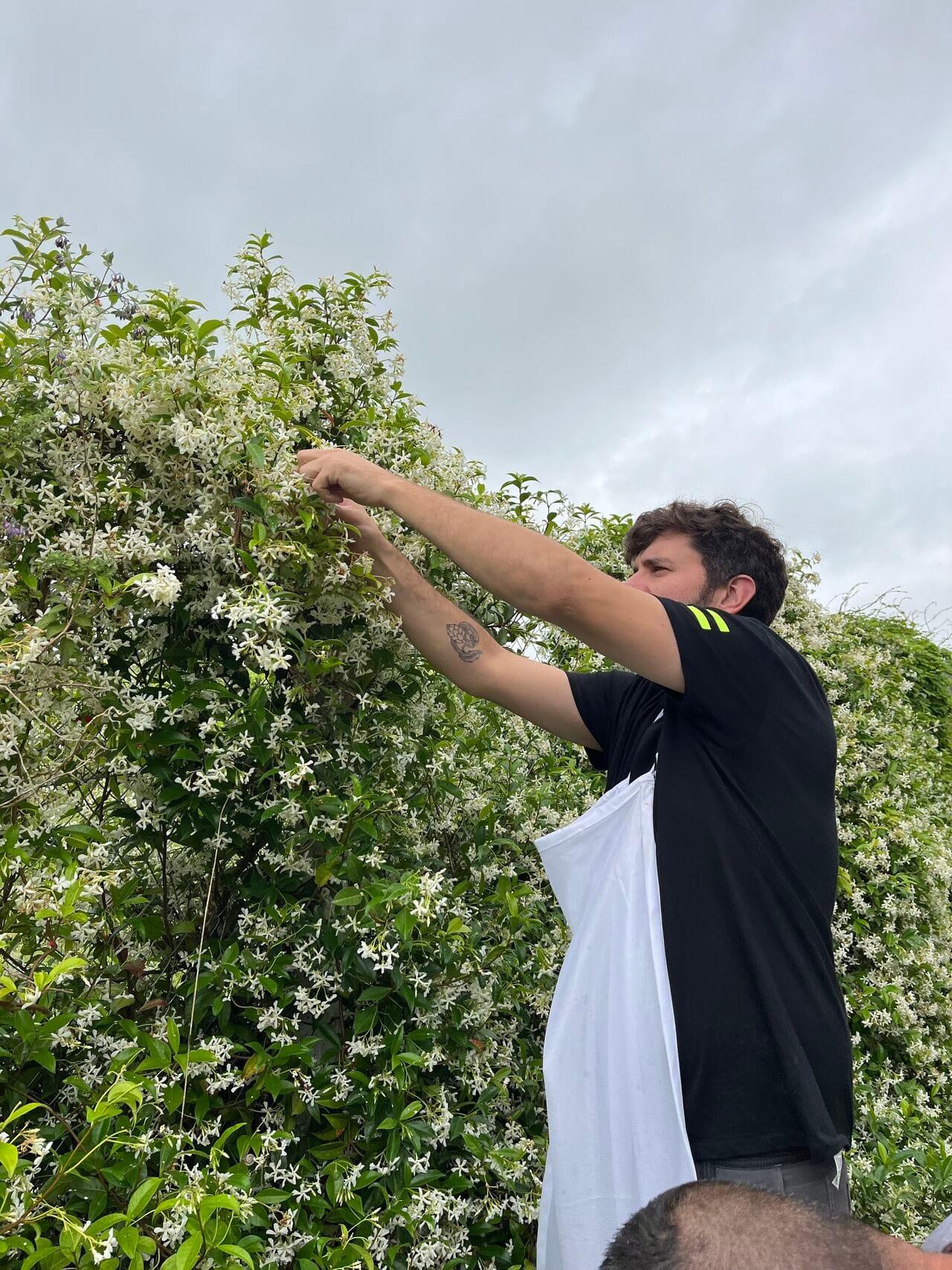
However, the delicacy of fresh jasmine flowers is matched by their fragility. Indeed, this essential ingredient of perfumers is incredibly complex to distil - unlike rose or lavender - because it "cooks" instantly upon contact with alcohol. After numerous attempts, our team realized that the best formula to preserve the beauty of the raw material would be to opt for a rotary vacuum evaporator, otherwise known as a Rotavap, with the flowers directly immersed in water inside the flask. However, such a technique requires rapid distillation, and it is difficult to both harvest and distil in the same day.
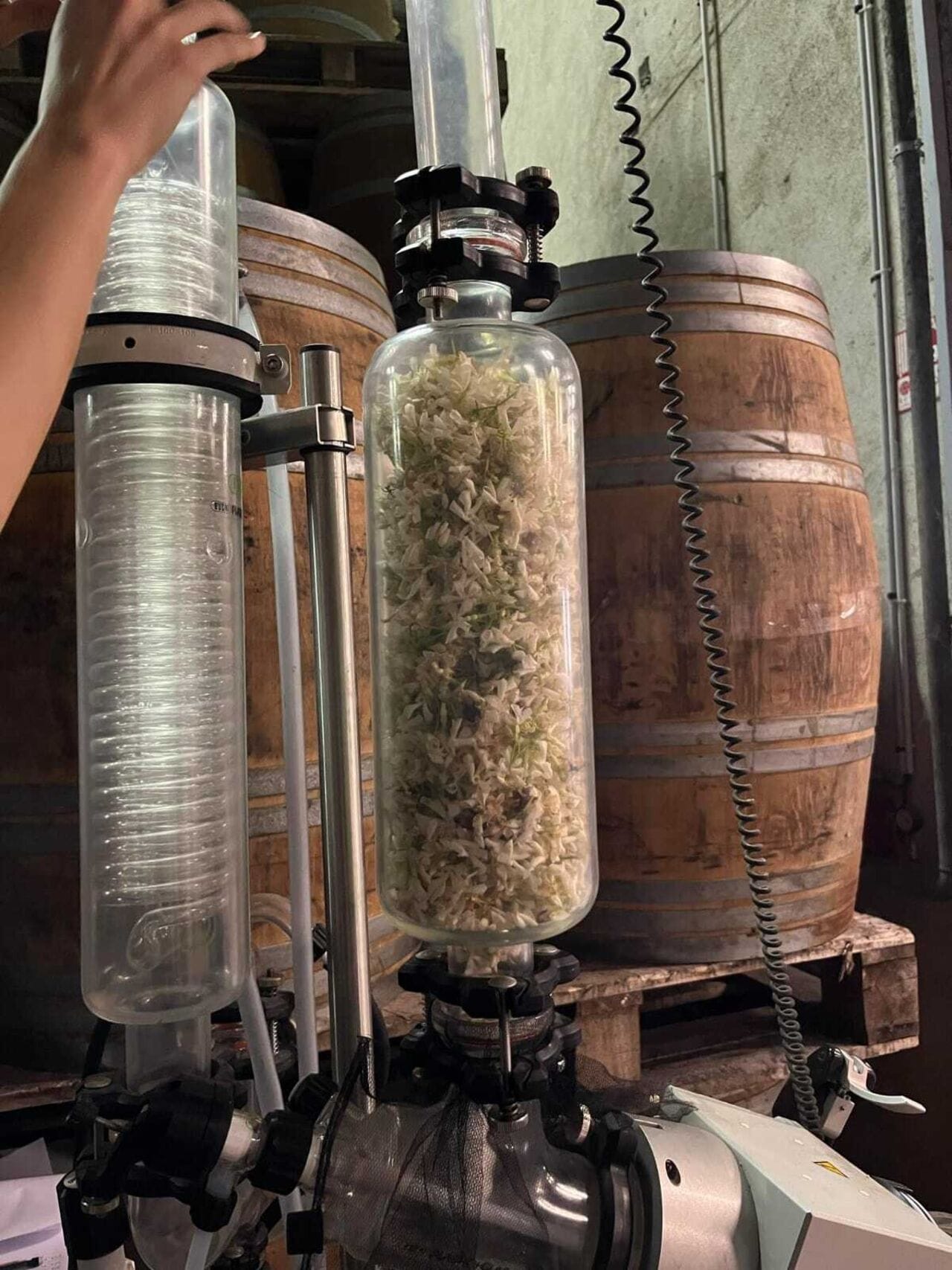
Building a sieve to gently dry the flowers
The jasmine flowering period, lasting one to two weeks at most, required constant vigilance to harvest the flowers at their peak freshness and capture all their delicate aromas. From this point on, a real experimentation challenge began. 'Impossible is not Ferrand', and to overcome this lack of time, we decided to proceed with harvesting all of jasmine, then drying part of the harvest to evaluate its distillation potential. To do this, a giant sieve was quickly constructed by our team, on to which the flowers were laid. The whole setup was placed in our greenhouse, with a fan to remove excess moisture that could spoil this precious raw material. The optimal drying time is empirical, as it depends on the environment and weather, and therefore requires the utmost vigilance. Would the results meet our expectations?
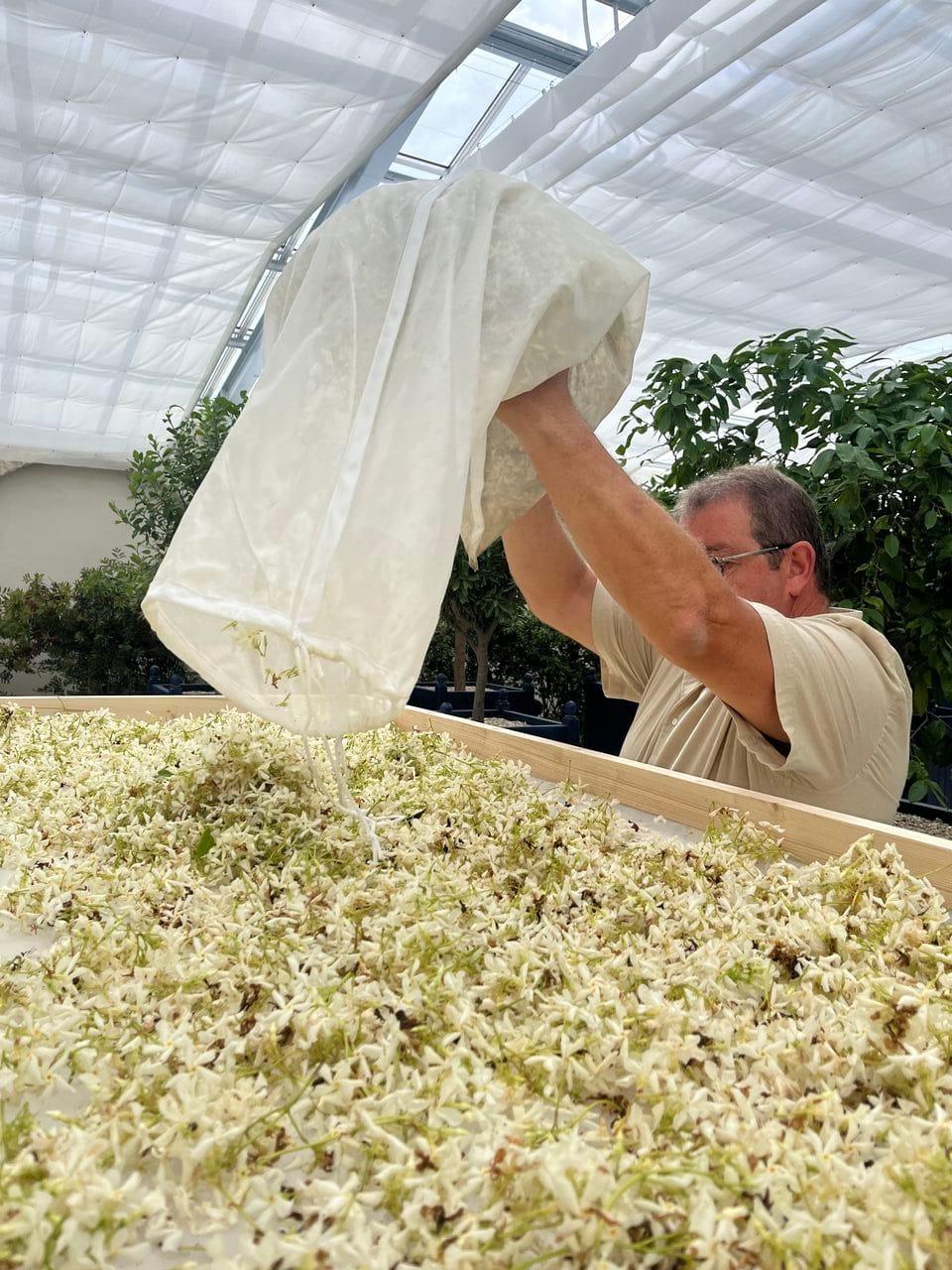
Fresh and dried flowers develop aromatic nuances
Informed by our experience of distilling dried flowers, and now fresh ones, we observed the emergence of distinct aromatic profiles, which will give the gin all its complexity. Certainly, in both cases, it is an aromatic delight, but with very subtle differences.
"Freshly distilled jasmine has a very spring-like aspect; whereas from the dried flower emanate more animal notes, leather ones, and also more vanilla."
Fannie, Research and Development Manager.
It is therefore conceivable, subsequently, to blend the distillates of fresh and dried flowers to obtain a complex aromatic palette (like the blend of yuzu macerate and distillate contained in our Dry Curaçao Yuzu Late Harvest).
Thus, perhaps you will find in our next Thé French edition a bit of this fresh jasmine flower distillate whose story we have shared with you.
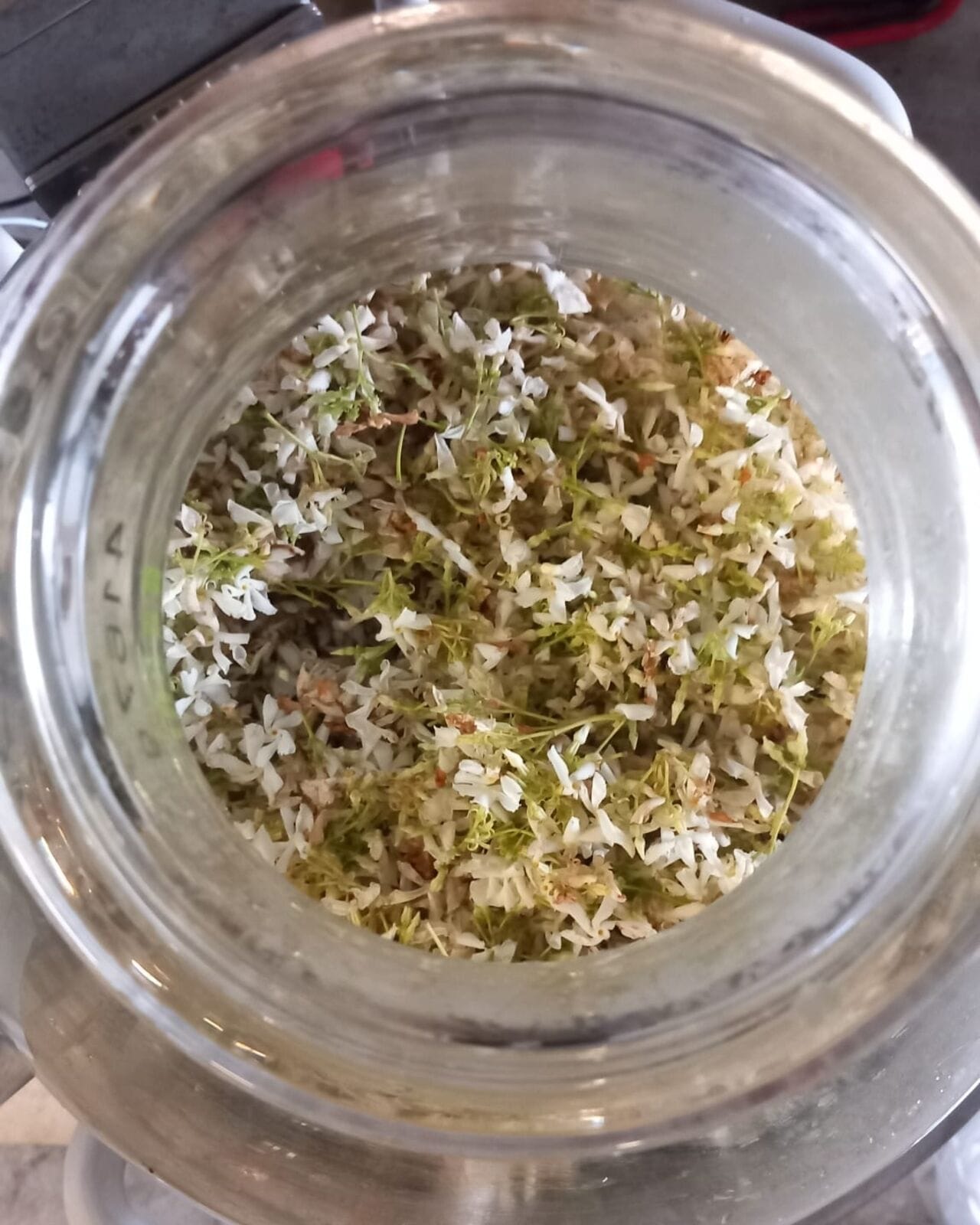

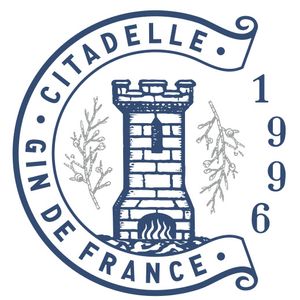
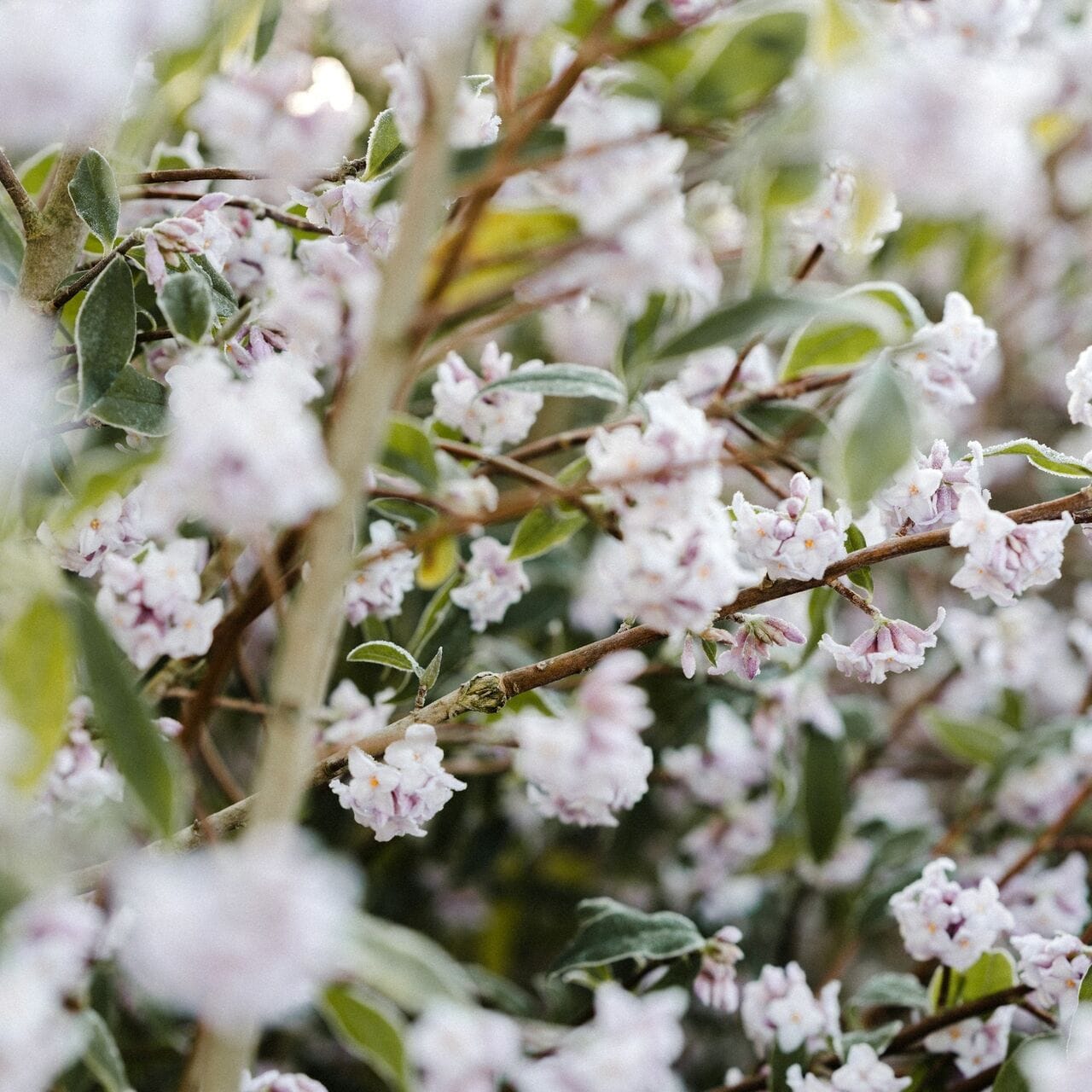

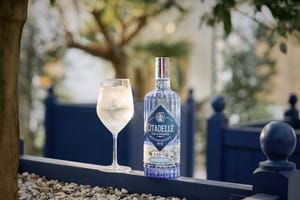
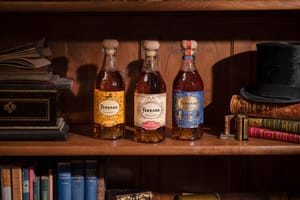
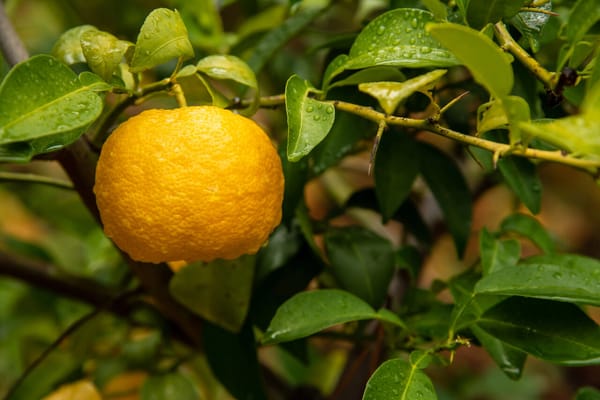
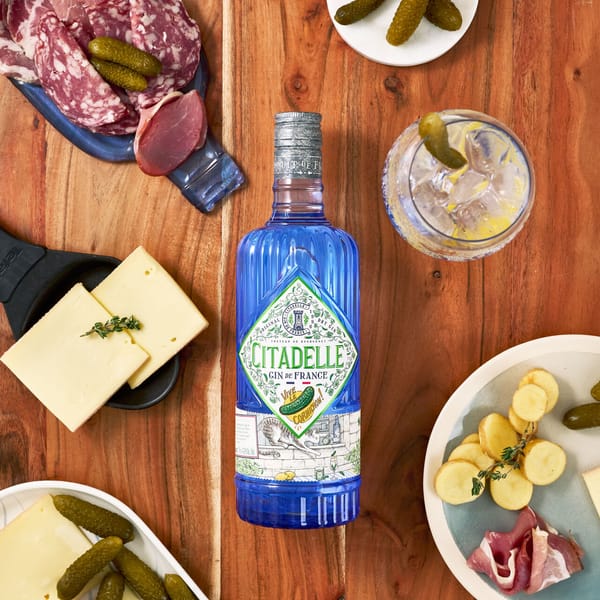
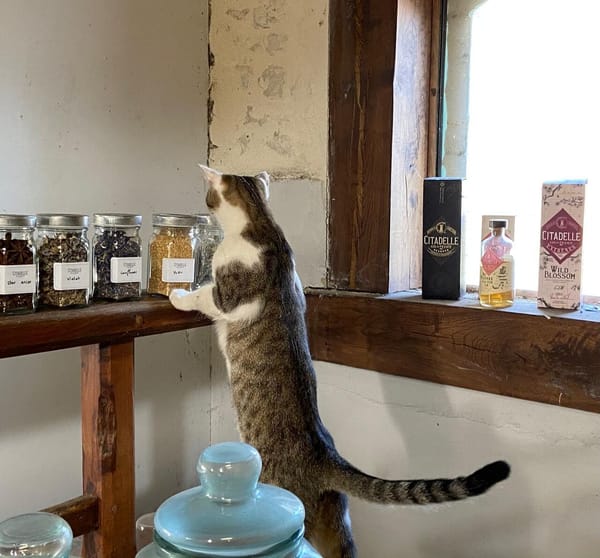
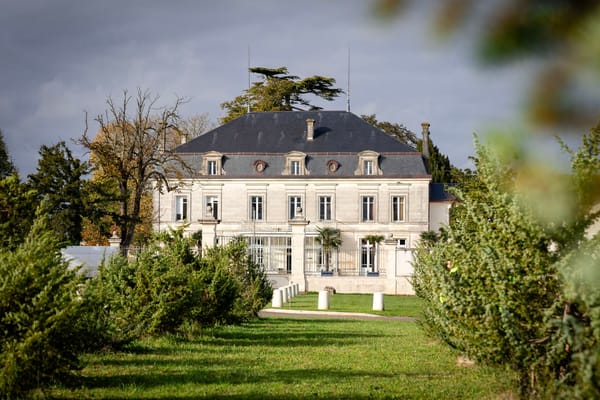
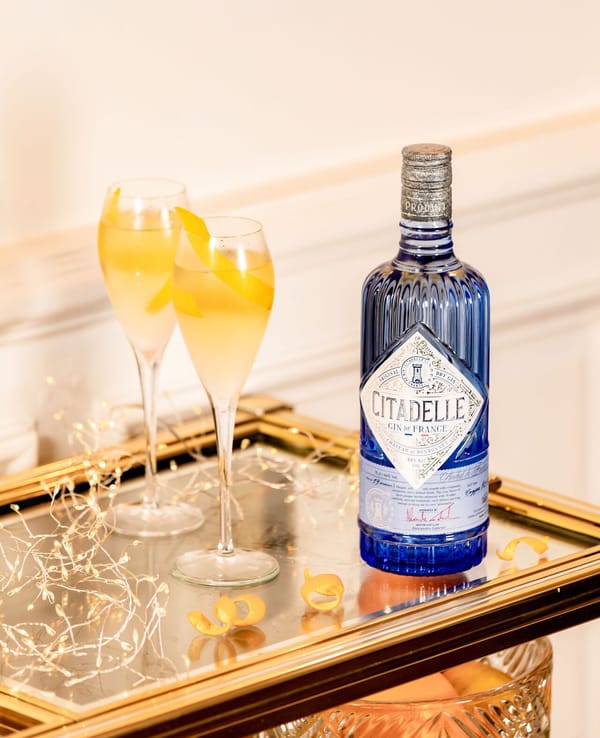
Member discussion